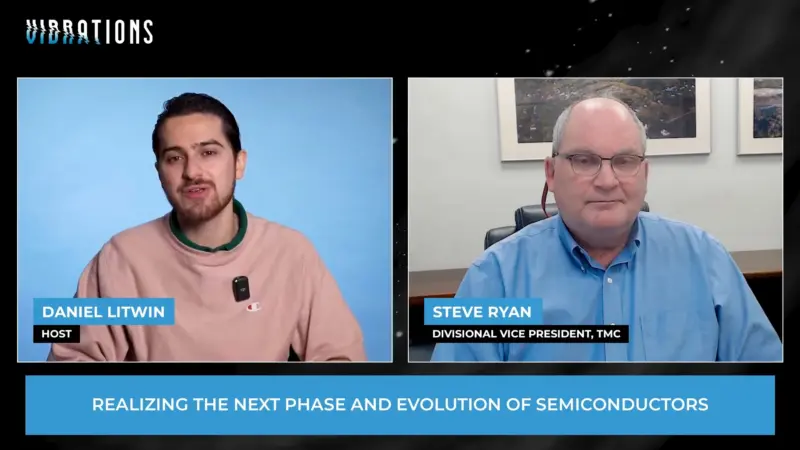Engineering Innovations Tackle Noise and Vibration Challenges for New Cancer Research Center
For this second part of Vibrations’ look at vibration building design, host Daniel J Litwin continued his discussion with Ahmad Bayat, P.E., President at Vibro-Acoustic Consultants (VACC), and Mike Georgalis, North American Sales Manager at the Technical Manufacturing Corporation (TMC.) They began discussing the life science case study teased on this episode’s first part. Bayat and Georgalis also offered their perspectives on support roles TMC and VACC play in reducing vibration and building noise for fine-tuned research and mission-critical industries.
“Everybody at TMC loves to solve problems,” Georgalis said. “And we’re the kind of folks that like to work with our customers to understand their problems, and we view ourselves as someone the customer can come to with their challenging applications, and we’re going work with them to figure it out.” When the industry needs a specialized vibration mitigation system, Georgalis said TMC is the company people call.
And Bayat said the complexities of this type of technology could feel mysterious to even the most learned engineers. Hence, his approach is to unravel these mysteries and make them more tangible for his customers to understand. Bayat explained that everyone understands the basic principle of an earthquake. Still, while those seismic events don’t occur often, the nano-vibration issues his team works to control do.
In the challenge of the case study, a cancer research center to be built on donated land adjacent to a riverbed in the heart of Portland, OR, the primary concerns from an engineering standpoint were noise and vibrations. “There were a lot of surrounding activities,” Bayat said. Continual issues this new building would face were noise and vibrations from railroad tracks, highways, and a construction staging area for municipal projects that would exist for years to come.




